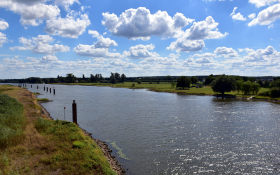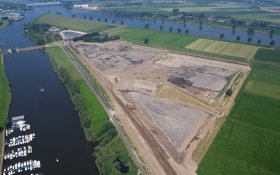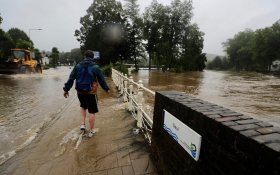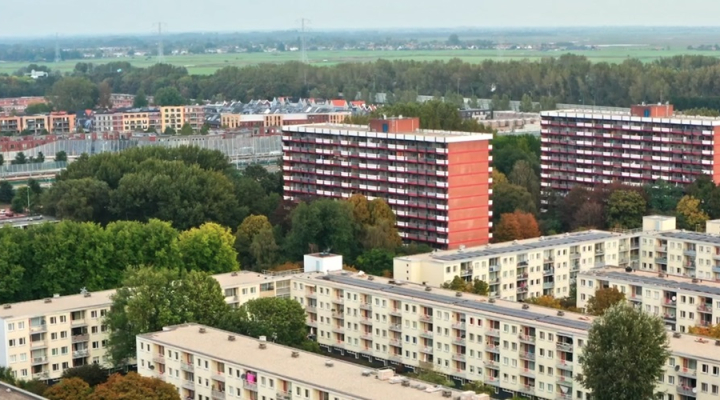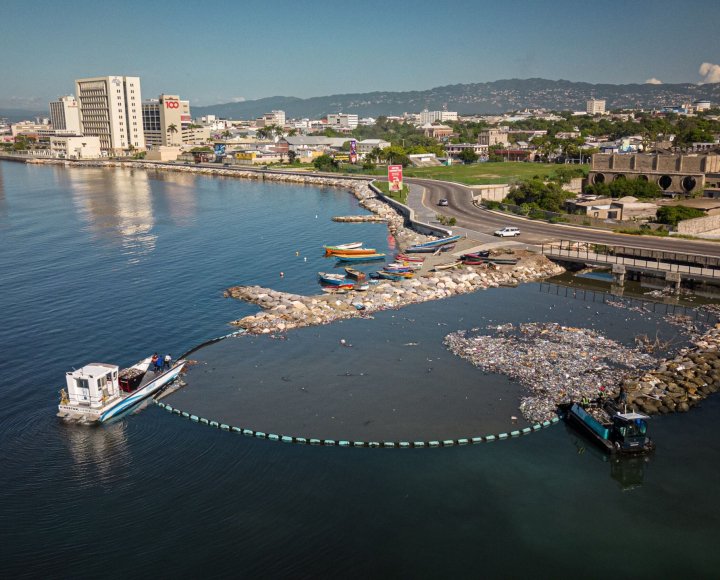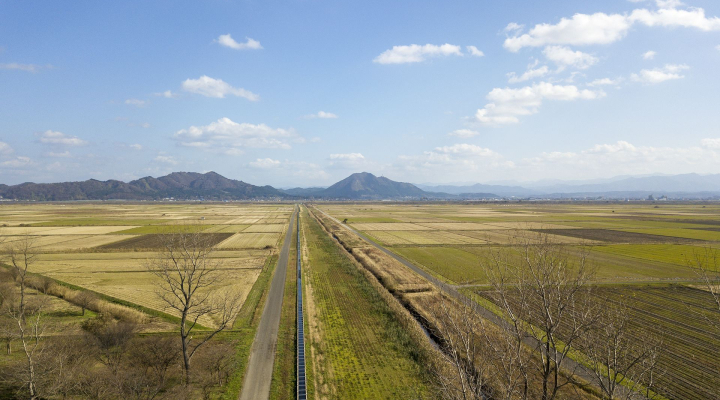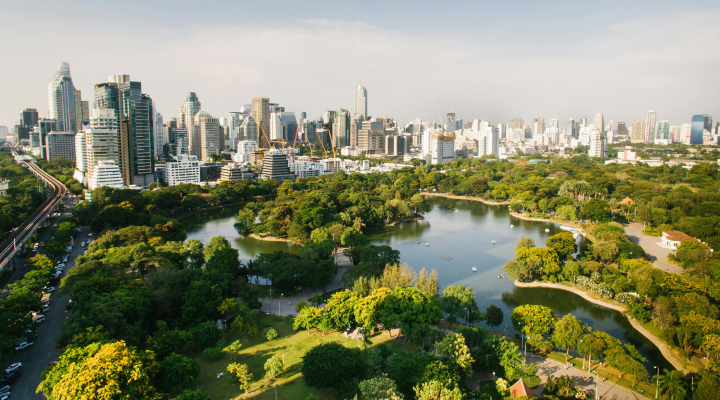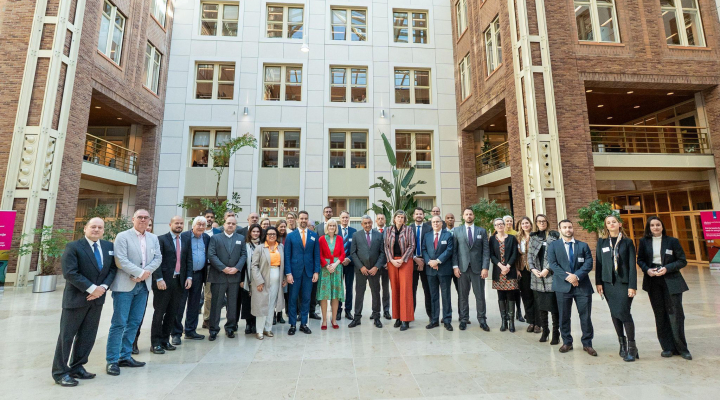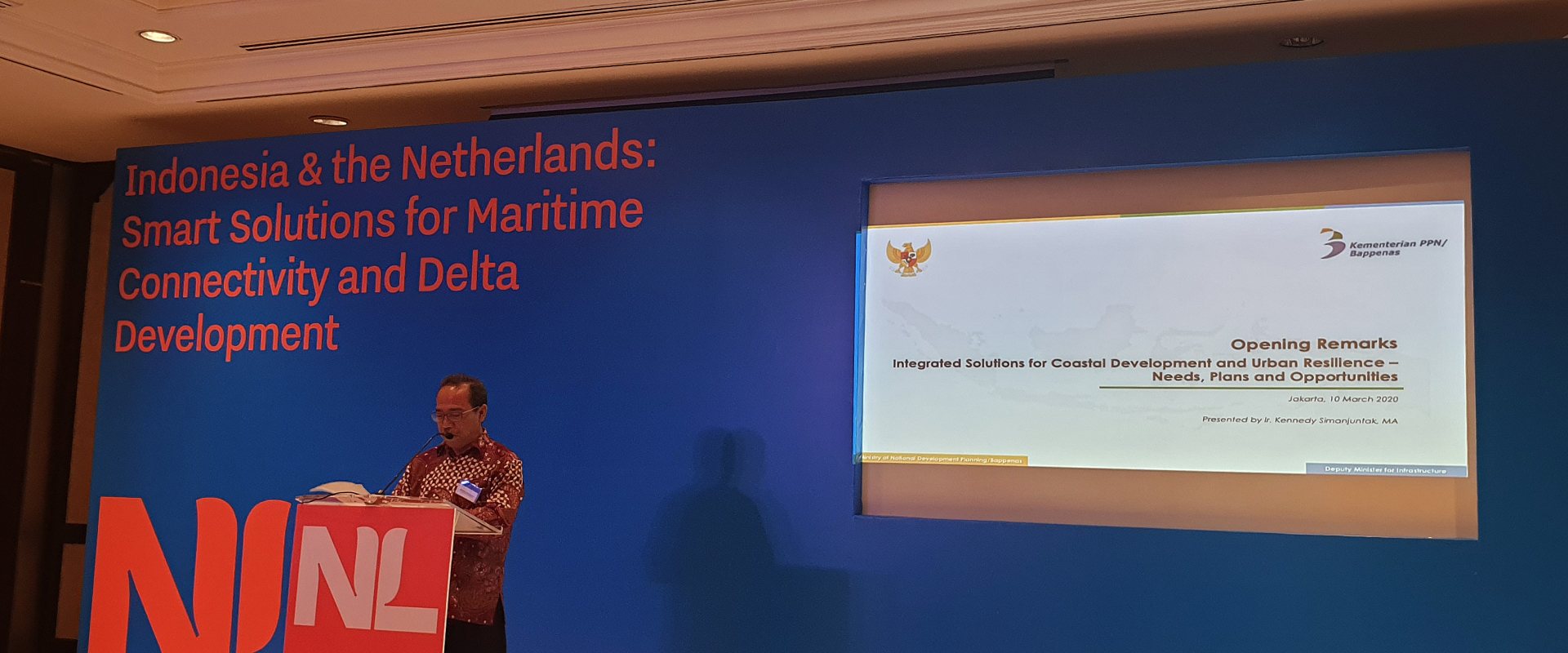
Building with Nature solutions for Indonesian coastal and urban resilience
At two seminars in Jakarta and Surabaya, Indonesian and Dutch water experts discussed options to integrate the concept of Building with Nature in future infrastructural projects in Indonesia.
The seminars took place on 10 and 12 March 2020 and were part of a trade mission and a state visit by Dutch King Willem-Alexander and Queen Máxima to Indonesia.
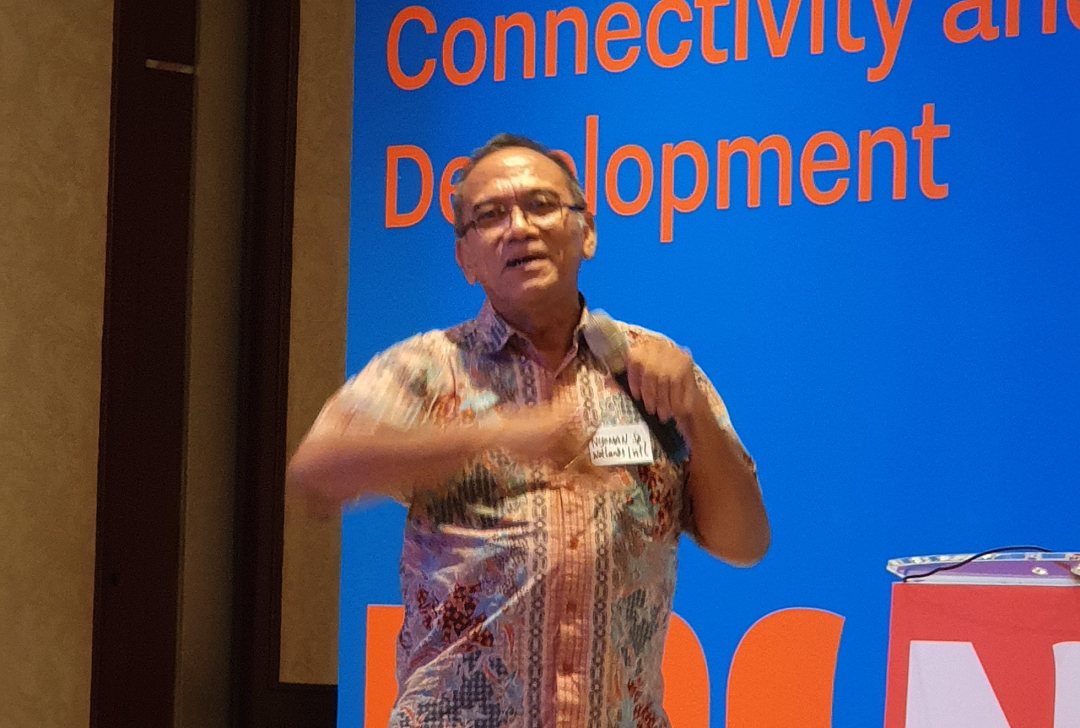

Including natural processes
While the reality of grey infrastructure schemes still dominate the thinking and expenditures for climate proofing globally, Indonesia has embraced the Building with Nature (BWN) concept. In 2012 they launched a project to reduce coastal erosion along the North coast of Java. With this new way of hydraulic engineering Indonesia has included natural processes in the design of infrastructural projects to stop coastal erosion.
In this particular case, the goal is to build up evidence of 'proof of concept' in a number of pilot projects. At both seminars, scaling up of these BWN-pilot projects was one of the key issues.
Pioneering coastal resilience
According to Wetlands International bilateral collaboration on Building with Nature can help Indonesia to work towards climate adaptive cities and coastal areas and become a pioneer in coastal resilience.
For example, a recent Risk Assessment of the North Coast of Java states that the conservation of mangroves in rural areas should be top priority to maintain coastal integrity. The assessment pinpoints high risk areas with the aim to supply information for strategic planning for coastal zone management.
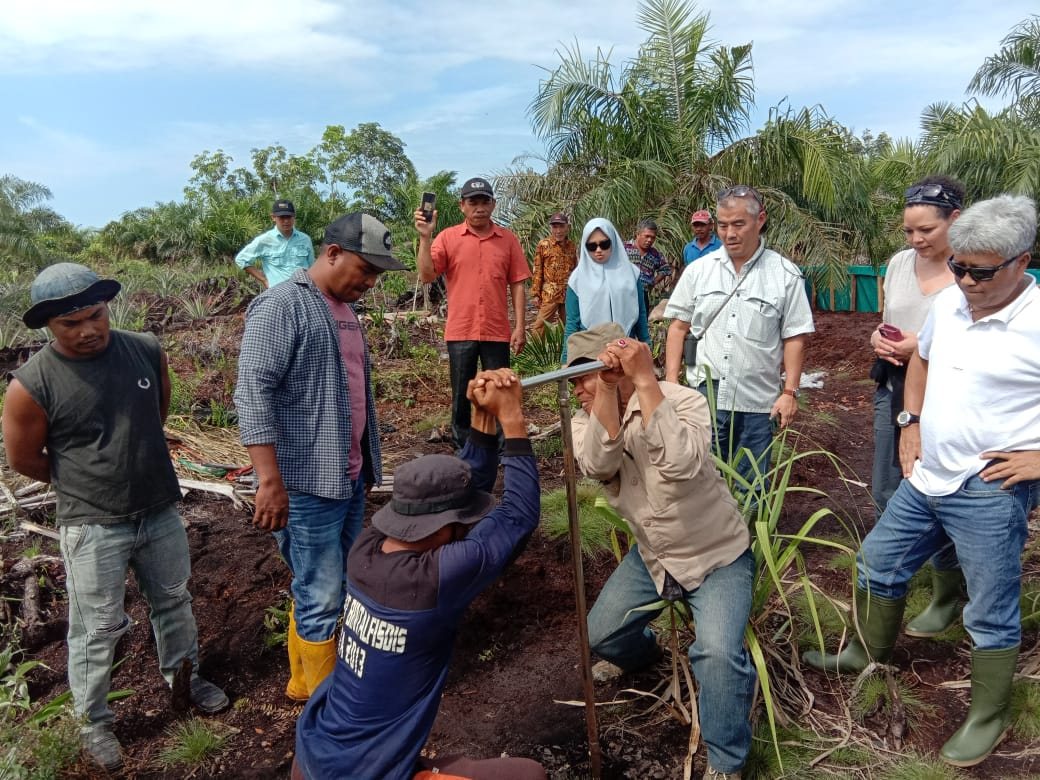

Cost-effective strategies
Director Nyoman Suryadiputra of Wetlands International Indonesia presented possibilities for scaling up the Building with Nature concept during the seminar. Long-term oriented interventions were discussed such as limiting ground water extraction, bringing back rivers into the floodplain and using Building with Nature measures, including protecting mangroves that are assumed to be the most cost-effective strategy for the North Coast of Java.
In the more urban areas with less mangrove cover, other hybrid (green-grey) mitigation strategies may apply, integrated into a broader coastal management approach.
Extreme river discharge
In Surabaya, the seminar concentrated on river basin management, with a focus on the Welang River.
Pak Fauzy Nasruddin from Public Works and Water Resources Office of East Java Province expressed interest in collaborative management of the Welang River using the Building with Nature approach as one of the options that could be implemented, especially using the concept of ‘Room for the River’ to address flooding.
The 'Room for the River' concept reduces flood risks by increasing the depth of rivers, creating water buffers, relocating levees, and the construction of additional by-passes. The concept aims at interventions in the landscape that restore the capacity of rivers to act as ‘natural water sponges’ in the event of extreme discharge.
Five Asian countries
Wetlands International has launched an initiative to accelerate the introduction of the Building with Nature and Room for the River concepts in five Asian countries. This initiative is supported by the Indonesian Ministry of Marine Affairs, EcoShape and the Global Center on Adaptation.




